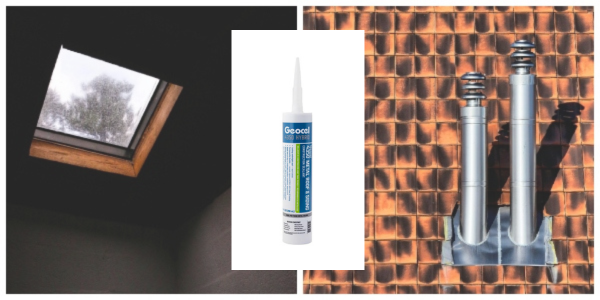Composites: Virgin Resins Versus Recycled Content

By DaVinci Roofscapes.
Understand the differences between recycled and virgin resins and what it means for composite roofing tiles.
If your household recycles things like milk jugs and water bottles, imagine them being reground and used in the roofing tiles you install. That’s what oftentimes defines recycled content in roofing.
Recycled resins are materials that have been reclaimed and are being reused. Virgin resins went into making products like the original plastic milk containers or detergent bottles. When these are recycled, they are cleaned. This process of washing out the containers reduces the mechanical properties of the resins. After cleaning, the containers are reground and made into pellets. Now they’re ready for their second life. Each time resins are reused, they lose some of their original strength. Some companies use these recycled resin pellets to make roofing tiles.
Now, let’s talk about virgin resins. They are produced from a petrochemical feedstock (such as natural gas or crude oil), which has never been used or processed before. Roofing manufacturers using these virgin resins are using the purest form of resins available.
Three steps versus six steps
Think of it this way. The purer the resin in a composite roofing tile, the stronger the tile and the longer the lifespan.
With a virgin resin, it moves from compounding to injection molding to the finished roofing tile. That’s three steps in the life cycle.
With a recycled resin roof tile, you also start out with the same first two steps of compounding and injection moulding. But the finished product may be a plastic soda bottle or milk jug. After it’s used, it gets recycled, cleaned and grinded down. Then it gets injection molded for the second time in its life. And then it gets made into a roofing tile. That’s a six-step process.
Why does it matter?
Virgin versus recycled content comes down to strength. A composite roofing tile made of virgin resin is purer, so it’s more durable. This gives the roof the best chance for a long life span. This can be a positive impact on the environment because you only have to get a new roof once every 50 years versus every 20 or so years.
While dependable, a “second life” reclaimed/recycled roof is made of “second generation” material, so it can be less durable. This roof can include everything from hemp fibers to rubber to post-industrial plastics and more.
But, here’s the real challenge for roofers. If you’re on a job and run short of material, you order more. No problem with a virgin resin roof. It’s the same exact content time-after-time. However, with a recycled product, you’re not sure what the source is from week-to-week.
When you originally ordered the recycled roof, it could have been made from reground milk jugs and tires. Now this second batch has laundry containers and hemp fibers. The result can be an inconsistent product on the roof.
Mother nature chimes in
As we all know, roofs are 100% exposed to the ultraviolet rays of the sun. What does this mean over time? Of course it means that the heat and UV rays can break down the polymer chains in composite roofing. While many roofing manufacturers add in UV inhibitors and thermal stabilizers, Mother Nature will have her way, and over time, resins can become brittle.
However, the question is…how much time?
When you start with a virgin resin, roofing tiles have the strongest chance to survive long-term. That’s why many companies, like DaVinci Roofscapes, offer a Lifetime Limited Materials Warranty. But, when you look at recycled content roofing tiles, there’s a problem right from the start. These tiles began with polymer chains already broken down through the regrinding process. That puts the recycled resin at a disadvantage, as it’s built back up again to serve as a roofing tile for its second life of service.
Get the conversation started
As you begin to talk with homeowners, you may get questions about virgin versus recycled composite roof tiles. People have become accustomed to thinking that recycling and using recycled products mean they’re “doing their part” to save the environment. That’s a noble thought, but they need to know the facts.
Recycled plastics are wonderful for making many things; furniture, yoga mats, fencing and carpeting. But not necessarily roofing tiles. For the strongest, most dependable and longest-lasting roof, virgin resins should be highly considered.
If you’re having trouble explaining this to a homeowner, consider sharing these types of comparison examples:
- You cleanly pull a piece of packaging tape off a box to use again. The tape may work a second time, but will it have the same strength and durability as it had the first time? No.
- Think of the old “telephone game.” The first person whispers a phrase into the ear of the second person. The phrase is repeated down the line. The first phrase of “Dan has a hairy beard” becomes garbled and diluted as the phrase is passed along. In the end it sounds like “Don has a scary bear” or something else. Basically, the phrase gets lost as it’s “reused.”
- If you leave a container of pure vanilla ice cream on the counter, it will melt. You can refreeze it, but will it really look and taste the same as the original ice cream? No.






















-2025-xtv-mls-tour-2.png)
Comments
Leave a Reply
Have an account? Login to leave a comment!
Sign In